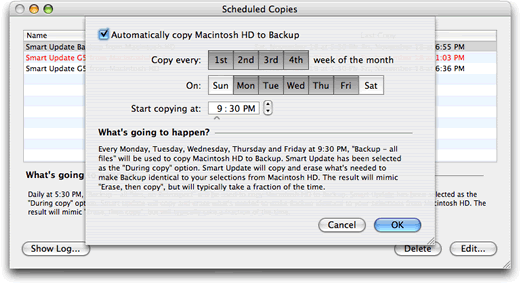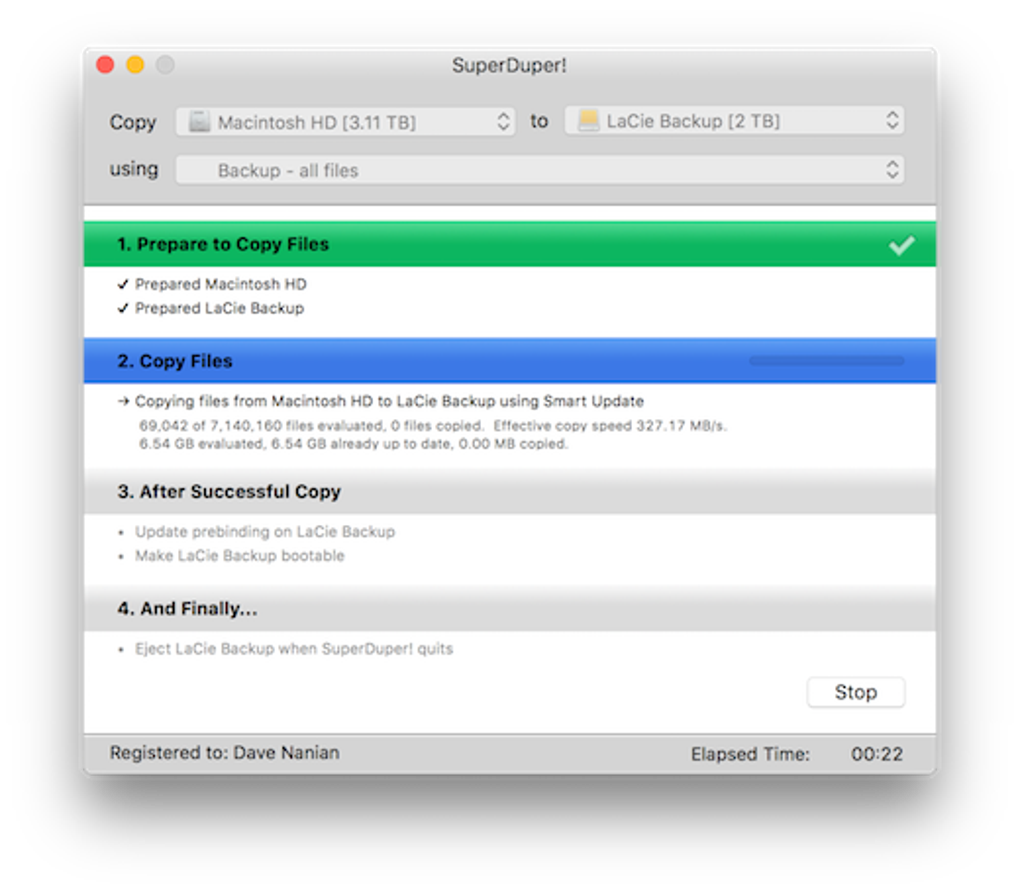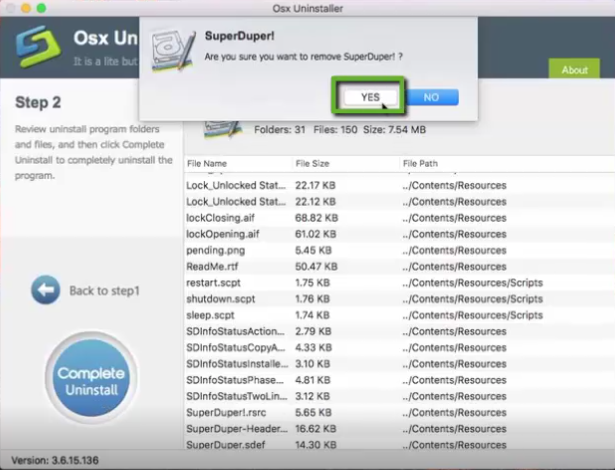

OK writing new GUID partition table (GPT) to /dev/disk2. Toggle which attribute field (0-63, 64 or to exit):įinal checks complete. Have enabled the 'Undefined bit #49' attribute.Īttribute value is 0002000000000000. Toggle which attribute field (0-63, 64 or to exit): 49
SUPERDUPER MAC CODE
Hex code or GUID (L to show codes, Enter = AF00): AB00Ĭhanged type of partition to 'Recovery HD'Īttribute value is 0000000000000000. Warning: Devices opened with shared lock will not have theirįound valid GPT with protective MBR using GPT.įirst sector (34-100000006, default = 88300264) or : +1697608 Steelhead:recover davidanderson$ sudo gdisk /dev/disk2 Partition has to be exactly the same size as the existing Recover Started partitioning on disk2s2 MacintoshHDįinished partitioning on disk2s2 MacintoshHDĬreate the new Recovery partition on /dev/disk2. Steelhead:recover davidanderson$ diskutil resizevolume /dev/disk2s2 45G Steelhead:recover davidanderson$ diskutil resizevolume /dev/disk2s2 limitsĬurrent size: 50.9 GB (50856046592 Bytes) Make room of for the new Recovery partition. Steelhead:recover davidanderson$ sudo dd if=/dev/disk1s3 of=recovery.binary bs=40960Ĩ69175296 bytes transferred in 44.563133 secs (19504358 bytes/sec) The initial contents of /dev/disk1 and /dev/disk2 are given below. More information about this command can be found at the site "GPT fdisk Tutorial". This procedure requires the use of a third party command called gdisk.

Deal with addition complexities, if employing Core Storage.īelow is the procedure for copying a Recovery partition from /dev/disk1 to /dev/disk2.Make the proper adjustments if the sector size is not 512 bytes.Precede a command or file with the proper path.Use the cd command to navigate to the proper directory (folder).(flash drive, HDD or SSD) or use Internet Recovery.



 0 kommentar(er)
0 kommentar(er)
